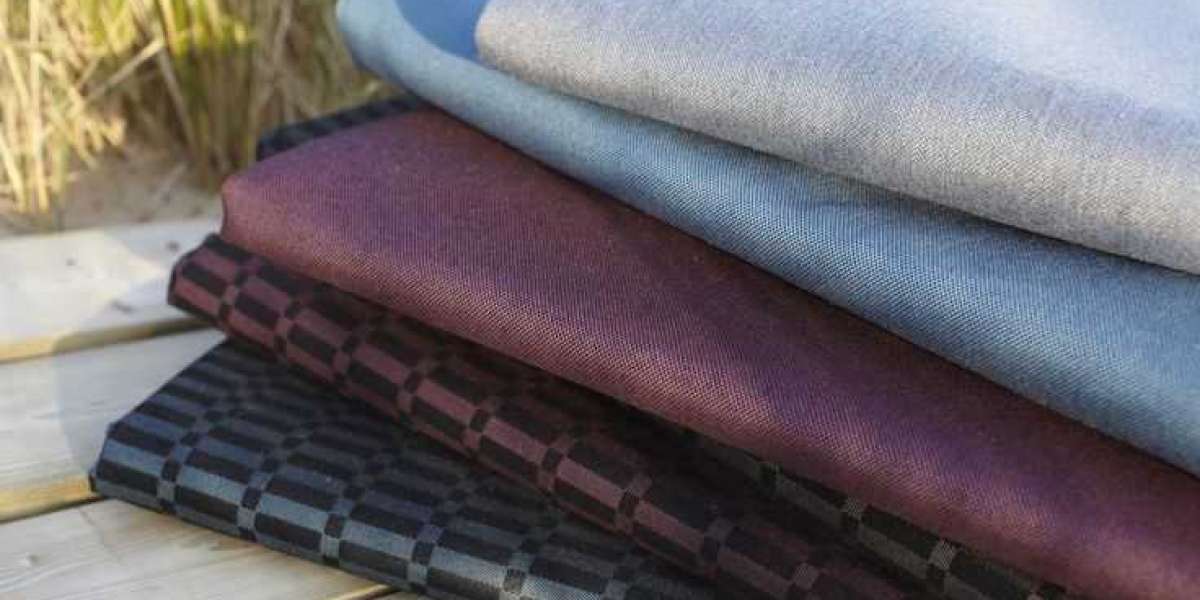A Brief History of Performance Fabrics
Performance fabrics were first developed in the 1970s to meet the needs of athletes and outdoor enthusiasts. Early performance fabrics were designed to wick moisture away from the skin and dry quickly. Nylon and polyester blends that resisted staining and odors allowed for active lifestyles. These synthetic materials represented a breakthrough over traditional cotton fabrics that absorb sweat and take a long time to dry. In the following decades, technical advances improved moisture management, breathability, stretch, and UV resistance of performance fabrics. New fibers like spandex enhanced flexibility and fit. Today's top performance fabrics go far beyond those early innovations to empower active lifestyles.
Taking Moisture Management to the Next Level
One key focus of recent Performance Fabric innovations is advanced moisture management. New moisture-wicking and quick-drying technologies transport sweat away from the skin up to 300% faster than previous fabrics. This helps the wearer feel drier and more comfortable during exercise. Some fabrics even self-clean, with treated fibers that repel liquids and bacteria. Another development is phase-change materials (PCMs) incorporated into fibers. PCMs harness the body's natural heat to melt and absorb moisture before releasing it again as perspiration slows. This thermal regulation keeps the wearer cooler and drier for longer. Fabrics can also be treated with anti-microbial properties to eliminate odors. Advanced weaves increase breathability while retaining the benefits of internal moisture management.
Get More Insights on- Performance Fabric














